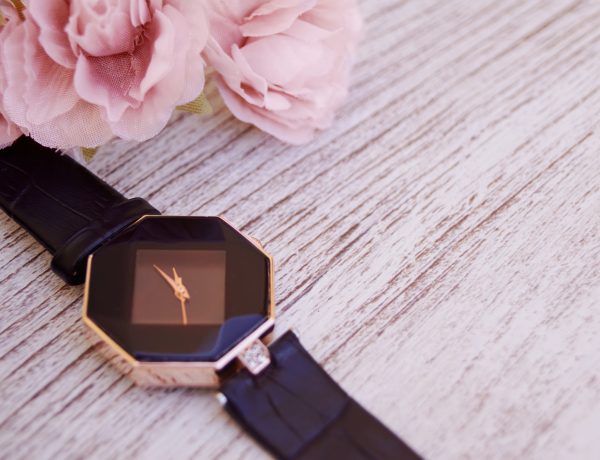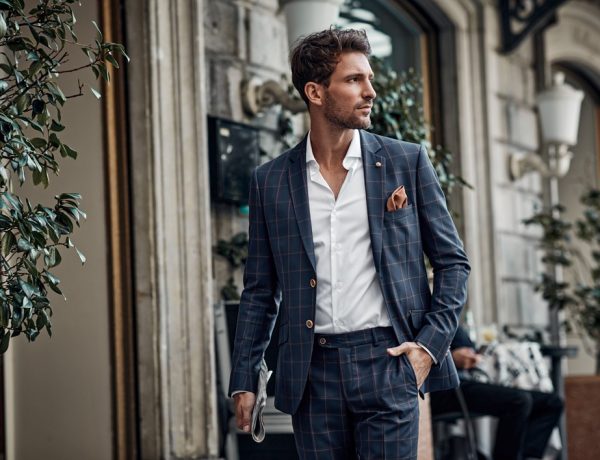Table of Contents
How are you feeling? Are you in a good or bad mood, and do your clothes tell onlookers more than you think? Some researchers are interested in the connection between what’s on your back and in your head, examining the emotional connection between moods and clothing.
Confidence and Clothes
What types of clothing are appropriate for a job interview, even if the job entails working in a kitchen or cleaning bathrooms? Most dress formally for the occasion as part of the need to impress the interviewer and better their chances of getting the position. As a form of respect, people dress to impress. It’s an unstated but understood sentiment. Also, those who do dress well get inspired when wearing a snazzy tie or fine dress. There’s a close connection between confidence and clothes.
Baggy Clothes and Soggy Feelings
Those who are not feeling well or deplete of energy may throw on a pair of sweatpants and flip flops to go to school, the corner store, or to a friend’s house. Studies show that those who are depressed dress in baggier clothes. Why dress down when you’re feeling down? Often, clothes and accessories are an extension of the wearer. For example, when an onlooker compliments your shirt, choice of earrings, or watch, it’s common to say, “Thank you.” Yet, technically, the compliment was directed toward an object you own and not you.
Clothes Make the Man
The Spotlight Effect is similar to over-inclusion; a person thinks they are getting more attention than reality reflects. Those who think, “Everyone is looking at me” may be more prone to have those thoughts if they have a bad hair day, or conversely, they’re feeling good about what they’re wearing. We can observe many examples of clothes as a sign of superiority or inferiority. The notion of “rags to riches” connotes that a person was once poor or destitute enough to literally wear rags but became rich, bettering their state. Kings and queens wear robes made of fine linens and crowns encrusted with jewels. Prisoners wear ugly colored jumpsuits.
Cloth and Comfort
Of course, we can’t deny the how clothes can influence us physically. For example, we wear comfy pajamas when we want to relax or wind down from the day, getting ready for bedtime. Getting matching pajamas for the family ensures a level of comfort that “day clothes” can’t match. We wear clothes to dictate our level of comfort regarding the weather, time of day, season of the year, and degree of activity. For example, yoga pants, ostensibly manufactured for the exercise activity, is now sought by those who once coveted sweatpants for the same reason. Coincidentally, “sweatpants” were once manufactured for joggers, athletes, and those sweating due to exertion.
Researchers observe materials, colors, and how clothes fit dictates how we feel and at the same time tell onlookers about the wearer’s internal state. The next time you open your closet and choose a pair of baggy jeans rather than a tight skirt or custom-fitted dockers, consider why, examining if there’s an emotional connection.
Vicky Blake is a working mom and earns her living in healthcare. She enjoys being able to share her thoughts and insights with an online audience. You can find her posts on a number of relevant websites.
Read More Fashion Articles @ Clichemag.com
This is a sponsored post.
Photo by flazingo_photos



